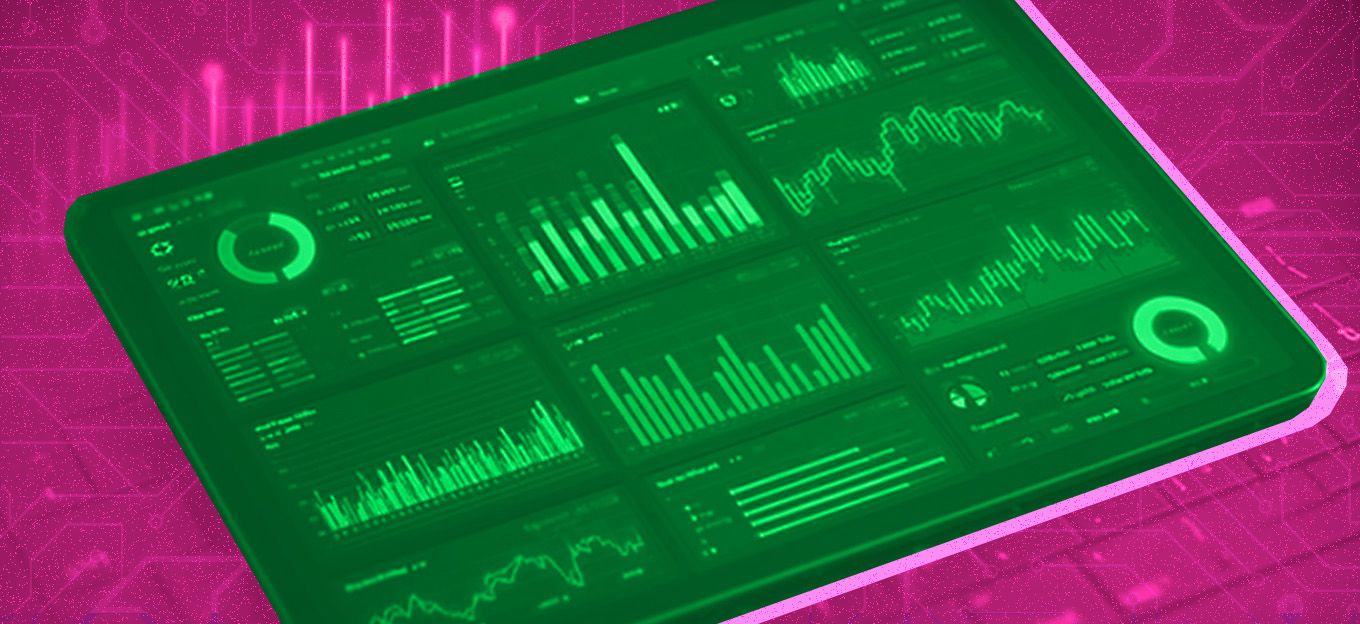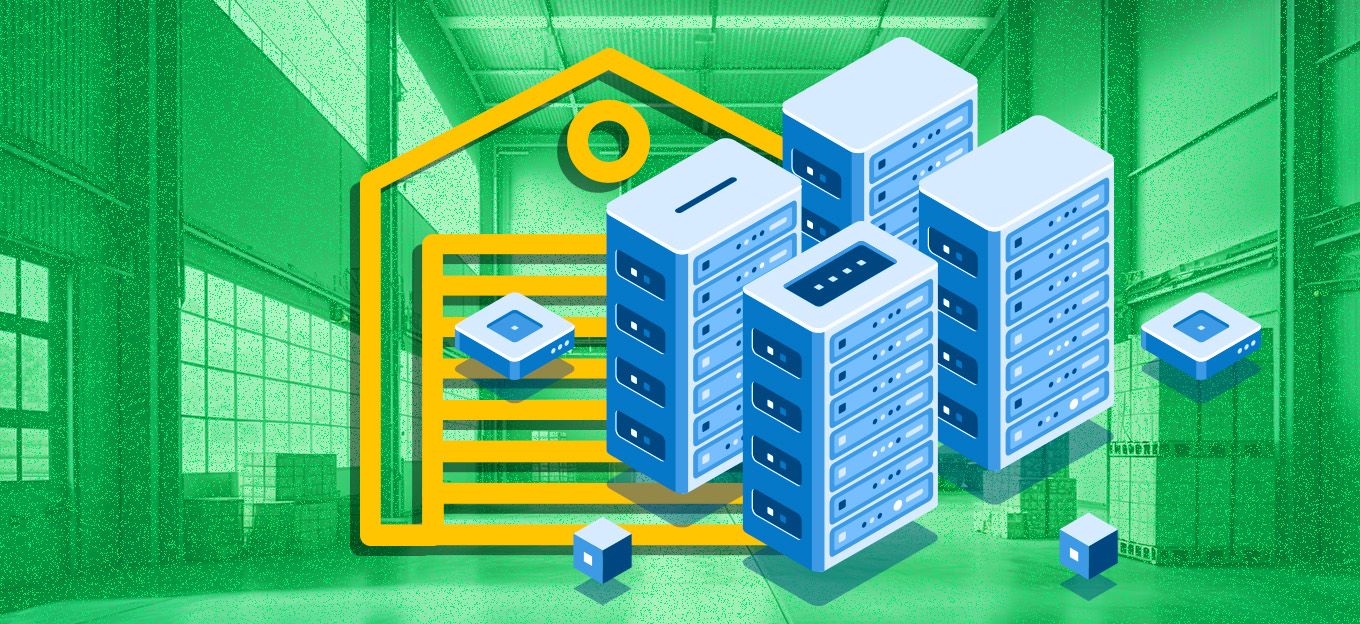What Does GPT Stand For?
What Does GPT Stand For?
- Last Updated: April 11, 2025
Ryan Chacon
- Last Updated: April 11, 2025



If you've been keeping up with the digital trends of today, you may have come across the acronym "GPT." But even those who have encountered the term before may not really know what it means. Let me explain it in simple, everyday language.
What Is GPT?
GPT stands for Generative Pre-training Transformer. In essence, GPT is a kind of artificial intelligence (AI). When we talk about AI, we might think of sci-fi movies or robots. But AI is much more mundane and user-friendly. If you've ever asked a question to Siri or Alexa or used predictive text on Google, you've already used AI.
Diving a bit deeper, GPT is an AI that's adept at understanding and creating human language. Think of it as a smart language assistant. Technically, it's a language model. Picture this: you're drafting an email, and the system predicts what you're about to type – that's GPT in action.
"GPT is an AI that's adept at understanding and creating human language."
Why Generative Pre-training Transformer?
The term "Generative" means that GPT can create something new. In our example above, something new is text. Imagine having an assistant that can compose a poem, an article, or even a short story.
"Pre-training" is a phrase from the domain of machine learning, a subset of AI. GPT undergoes training on a vast pool of data to operate independently. During this training, it acquires knowledge about language mechanics and sentence formation, enabling GPT to grasp context and generate pertinent responses.
"Transformer" describes the framework or the design of this AI model. It's like the master plan of a building, detailing how different parts of the model are interconnected. Transformers can handle complex language tasks by focusing on different parts of the input (text, data, etc.) when generating an output.
A perfect example of GPT is ChatGPT, which is an AI chatbot developed by OpenAI. GPT powers intelligent chatbots that can provide customer service, understand your queries, and even gauge the tone of your message.
However, as amazing as it may sound, GPT isn't perfect. Like any model, it has its limitations. It doesn't know everything and can make mistakes. While it can create human-like text, it doesn't truly understand or have feelings about what it's writing.
What is an LLM?
Another term you'll hear in relation to ChatGPT is "LLM" for "Large Language Model." A Large Language Model is essentially just colossal AI model trained to understand, interpret, and generate text that mirrors human language
The term "large" isn't just for show; these models are vast, having been trained on enormous datasets. Picture an LLM as a digital linguist, having read and internalized the essence of libraries' worth of books, articles, and web content.
LMs represent a significant stride in the AI journey. Their ability to understand and generate human-like text not only opens doors for numerous applications but also paves the way for more advanced and nuanced human-machine interactions. As AI continues to evolve, LLMs will undoubtedly play a pivotal role in shaping its trajectory.
Is ChatGPT an LLM?
Yes. ChatGPT is a LLM that specifically uses OpenAI's Generative Pre-training Transformer architecture. However not ever LLM is a GPT. Models like Google's PaLM or Meta's LLaMA are also LLMs, just not GPTs.
Here's an analogy: If an LLM is a car, then a GPT is a sedan. You can call a sedan a car, but you can't call every car a sedan.
AI Will Assist, Not Replace
As we move further into the digital age, tools like GPT are becoming a bigger part of our everyday lives, with the potential to transform sectors like customer service, content creation, and education.
Remember, AI technologies like GPT are designed to assist us, not replace us. They can help us save time for more creative or complex tasks by handling routine ones. So next time you chat with an online bot or your email suggests a reply for you, remember, GPT might just be making your life a little bit easier.
The Most Comprehensive IoT Newsletter for Enterprises
Showcasing the highest-quality content, resources, news, and insights from the world of the Internet of Things. Subscribe to remain informed and up-to-date.
New Podcast Episode

Moving Past the Pilot Phase in IoT and AI
Related Articles





